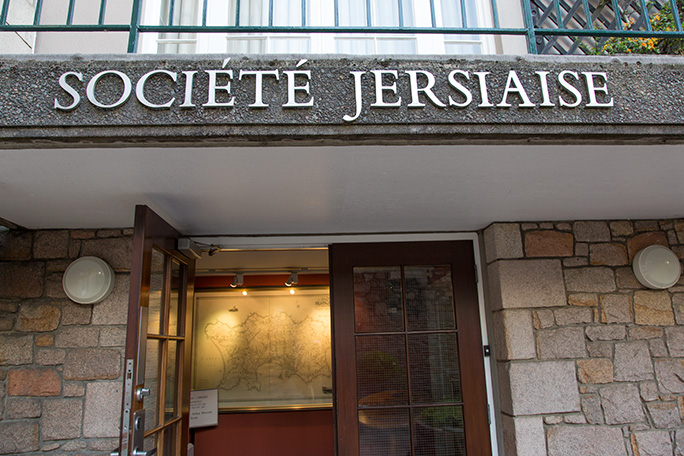All quotes were taken from text by theorist David Bate: Archives, Networks and Narratives
An archive is a collection of historical documents or records providing information about a place, institution, or group of people. They are used to preserve memories and fulfill the human desire of never forgetting the past. However, ‘archive photographs not only record objects and events, they also produce a meta-achieve, with meanings that can be mobilised in other times and new contexts.’ Most state governments, schools, businesses, libraries, and historical societies maintain archives, these are usually public archive. Every day individuals and organisations create and store information about their personal and business activities, which ‘has expanded exponentially since the invention of the internet.’ Photographs are particularly important for providing an insight into past lives, events and forgotten places, however not all photographs accurately represent the truth. In reality the photographs taken are highly influenced by the perspective of the photographer. However, it is more important to ask ‘what does the image do?’ or mean to a person rather than ‘is it true?’ because it could represent a human memory and culture even if it contains biases or misrepresentation.
Societe Jersiaise, which is our local photographic archive includes over 80,000 historical images. The collection provides visual record of the developments of Jersey landscapes and social history dating back to 1840’s to more current images.
In the text by David Bate’s he explains how Museums and Art Museums usually used archives and collections of public and private artefacts for display aiming to ‘serve particular interests, whether personal, cultural, regional, national, international or global.’ Museums can act as ‘repositories of cultural memories’ of the past and they organise historical narratives of culture. This have actually inspired Tanja Demans work, ‘Temples of culture’, which was created in 2014. It is a photo collage series examining different public institutions that collect, preserve and exhibit knowledge and culture such as theatres, libraries, museums, art pavilions and galleries. These are spaces of public education, accessible to all citizens, and function as a cultural mechanism for shaping society.

Photography often performs a ‘double role’ within institutions such as museums, photographs can function as both ‘a collected artefact’ which is put on display and as a way to ‘collect the museum band its artefacts’ since the photograph is a ‘form of archive’ in its own right.
Photographic archives are valuable for contemporary photography and art because of the idea that the most successful art and photography understands the history to predict the future. Many contemporary artists and photographers have used photographic archives as the starting point of their work by re-interpreting the histories and challenging the images by constructing new narratives. In this way archives can become a way to rethink what happened.
David Bate’s mentions Susan Hiller’s collection ‘Dedicated to the Unknown Artists’, which is a collection of 300 postcards. They were all of the coast around Britain. They are all black and white and have been hand-tinted. The photographs are all of ‘waves crashing over different parts of the coastline.’ The pictures became a part of an archival display of ‘how culture sees itself.’ Hiller’s work suggests that these images are ‘worthy of attention’ and she also celebrates the authors of the postcards as ‘unknown artists’ which raises the question of their status as part of cultural and social memory. Hiller’s work seems to question whether these humble, anonymous postcard images tell us anything important about a popular concept of the British Isles and the collective ideas they represent. This piece of work has changed how this art work has been viewed as postcards often are places ‘on front of a fridge, propped on a shelf or mantelpiece, stuck on a wall or on a door.’ Now, after this art work was displayed people view this differently.

In present day, the internet and new forms of technology has changed our archiving experience. This is because of the ‘wide availability of mobile phones and camera’ which has begun to transform the speed and quality of ‘visual recordings’, which has increased the quantity. This has led to people taking and storing their photographs digitally and publishing them online on social media sites such as Instagram, Facebook, Twitter etc. This is a different type of archive as this is seen as your own private and personal archive. Your personal archive will be produced according to the ‘particular interests of those involved.’
Jacques Derrida, a French philosopher described ‘archive fever’ as a contradiction at the heart of the idea of conservation. Conservation is ‘driven paradoxically by the possibility of forgetting. Since human memory is limited and not infinite the retention and registration of impressions within photographs has come to be associated with the idea of remembering and the desire to return to something beyond the capacity of conscious memory.’ William Henry Fox Talbot anticipated the purpose of photography as an archival practice, ‘useful as a museum in itself.’ Photography is now clearly a highly popular means to ‘register information and to record impressions.’ The human memory is very complex and is not easily ‘reducible to simple binary opposites’ like past and present, true and false, reality and fiction. By consigning memory to ‘documents, texts, images and objects’ this relieves the human brain of the burden of recording and remembering things accurately.
All in all Archives have various different purposes, I have learnt that it is important to question the images presented infront of you with ideas about the accuracy of the information within the photograph or if it has been influenced by personal experiences or viewpoints. Archives are valuable to contemporary artists as they use pictures from years before as their starting point. I will definitely consider using archival material to help me in my personal study as I like the idea of connecting the past with the present and future.





































































